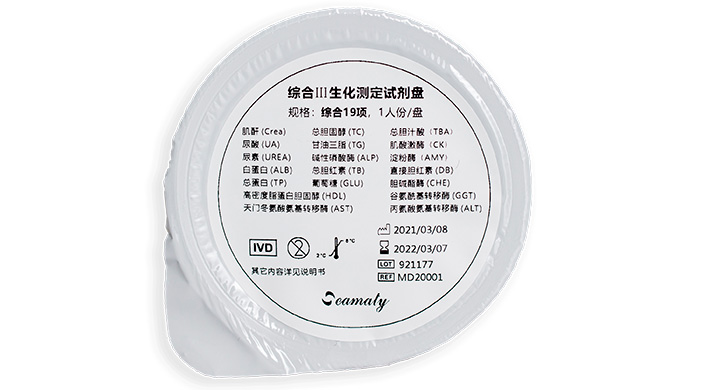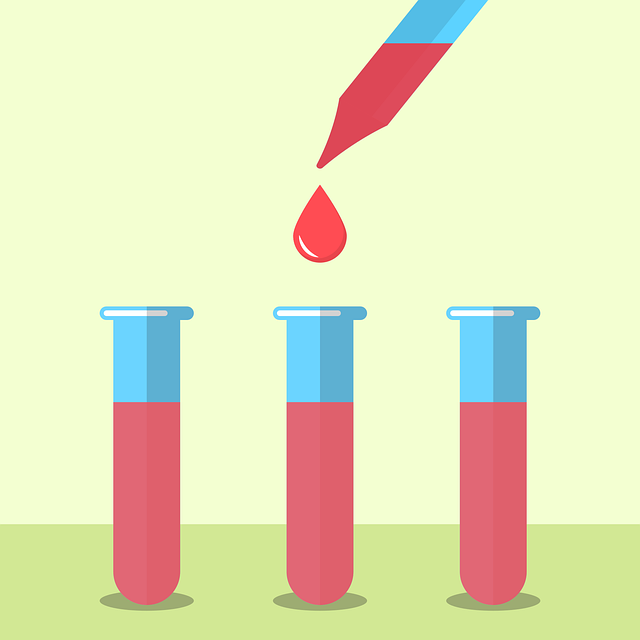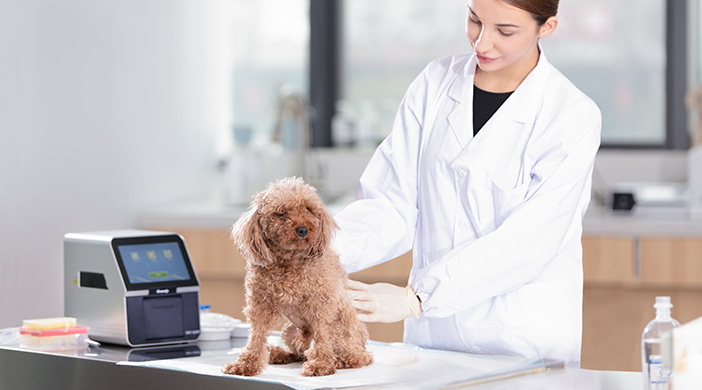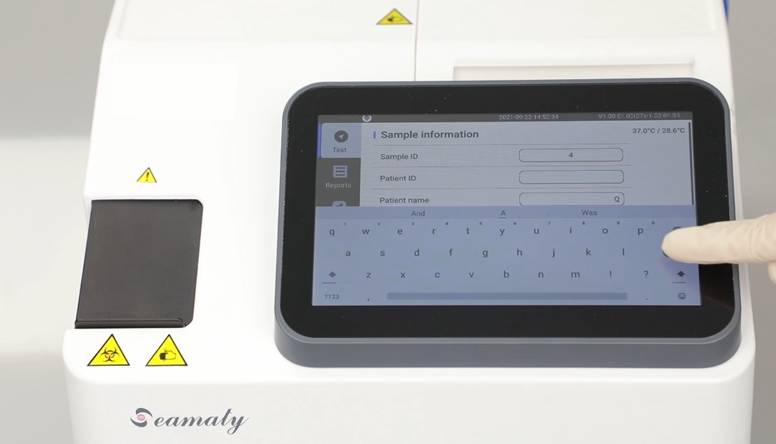In the previous article, we learned about 10 reasons why biochemistry analyzer reagents interfere with each other and how to troubleshoot these causes. So, after finding the causes, how should we eliminate the interference between biochemistry analyzer reagents?
The following five methods are commonly used to eliminate interference between biochemical analyzer reagents.
1. To reduce the mutual interference between reagents.
Biochemical machines should be properly maintained on a regular basis. Such as replacing the pipeline, cleaning the colorimetric cup with decontaminant, acidic washing solution, wiping the reagent needle with decontaminant, scrubbing the stirring bar with benzyl alcohol, etc.
2. Reasonable arrangement of the order of testing items
Generally in the arrangement of the project order requires at least one non-interference project between the two projects. The most thorough practice is to place the interfered with project before the interference project. This will eliminate the possibility of interference.
3. The inspector must be very familiar with the working state of the instrument
In a sample of the project selection, or a sample of the last item with the next sample of the first project selection. Test physician for the possibility of reagent cross-contamination should be considered. Then rationalize the order of items in order to get more reasonable results.
For common biochemical items the tests can be arranged in the following order.
P, Alb, DBIL, TBIL, K, Ca, CK, TBA, TG, AFU, ALT, CK-MB, APOA1, T-CH, APOB, Cl, HDL-C, LP(a), AST, GPDA, AMY, LDL-C, BUN, UA, CHE, ADA, r-GT, Mg, Na, ALP, LDH, GPDA, TP, Cr.
4. some biochemical analyzers have additional flushing functions. Can be interfered with before the detection of the project reagent needle, colorimetric cup with acidic wash, alkaline wash for 2 or more times to rinse. This can reduce the cross-contamination between the project.
5. Some fully automated analytical instruments have different channels. This instrument can have interference with the project in a different channel detection.
6. the use of reagents with anti-cross-contamination kit.
For example, add a cholesterol ester inhibitor to the free cholesterol reagent. This can reduce the contamination of free cholesterol measurement caused by the hydrolysis of cholesteryl ester by cholesteryl esterase.
Through the above methods, most of the cross-contamination between reagents can be solved. In practice, fully automated biochemistry analyzers perform several consecutive determinations. The detailed process of each reaction is difficult to detect.
In practice, the laboratory personnel must have a good understanding of the working principles, methods, processes and status of the biochemical analyzer. At the same time, the composition of reagents and reaction principles must also be analyzed in depth.



